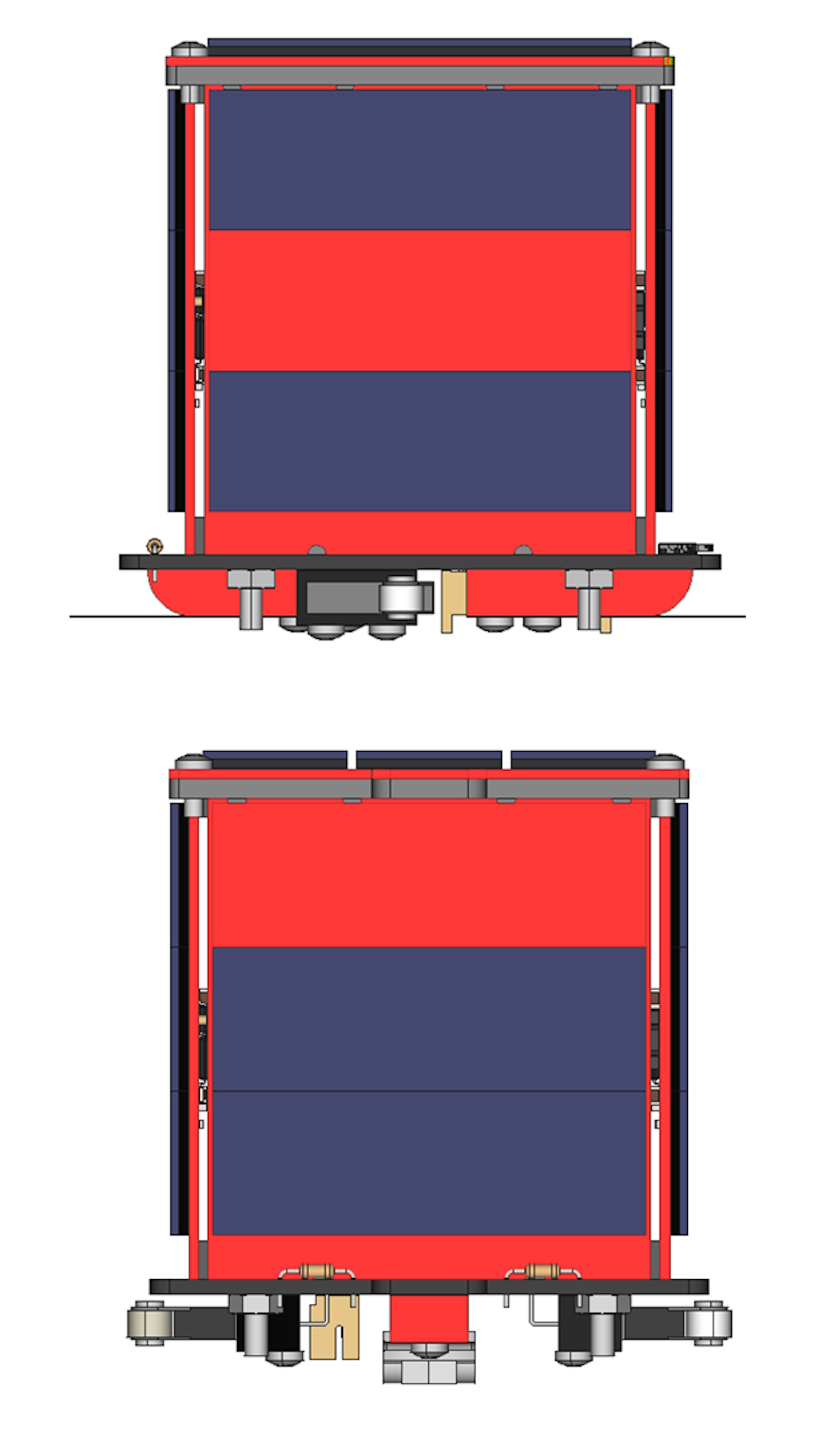Secure and Resilient Communications for Defence Operations
DragonSat’s communication subsystem delivers assured, encrypted data transmission and reception via a robust UHF (437 MHz) link, engineered for mission‑critical performance in the space domain. Its deployable dipole antenna supports a 1.2 kbps data rate using Gaussian Frequency Shift Keying (GFSK) modulation, while the transceiver, configurable up to 100 mW balances secure link reliability with optimised power consumption. To safeguard signal integrity, DragonSat employs Reed‑Solomon and convolutional encoding for advanced error correction, ensuring data resilience in contested and degraded space environments. Fully compatible with secure ground‑station networks, DragonSat enables global tracking, command, and mission support, reinforcing its role as a sovereign communications asset for defence and national security operations.















